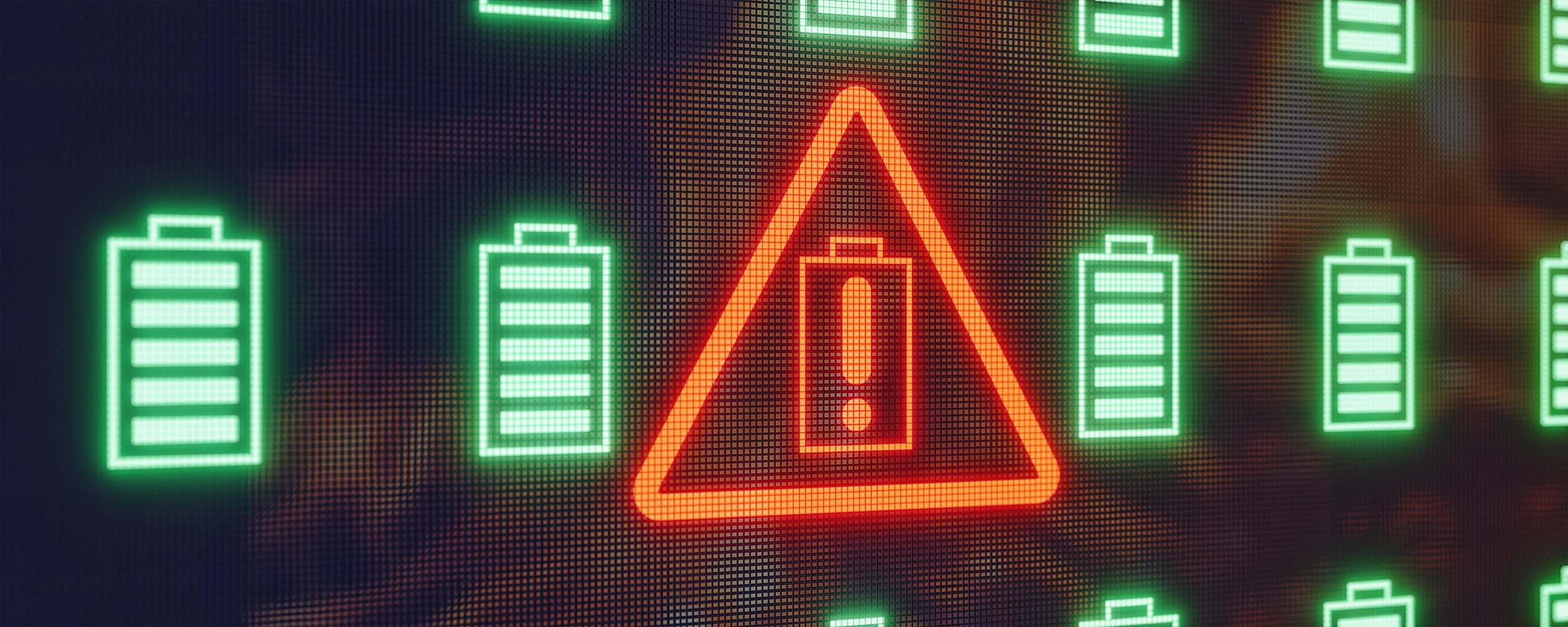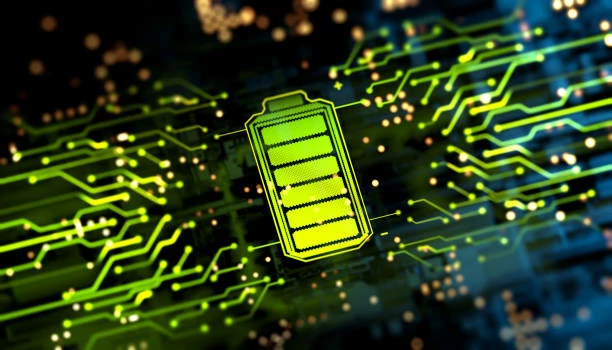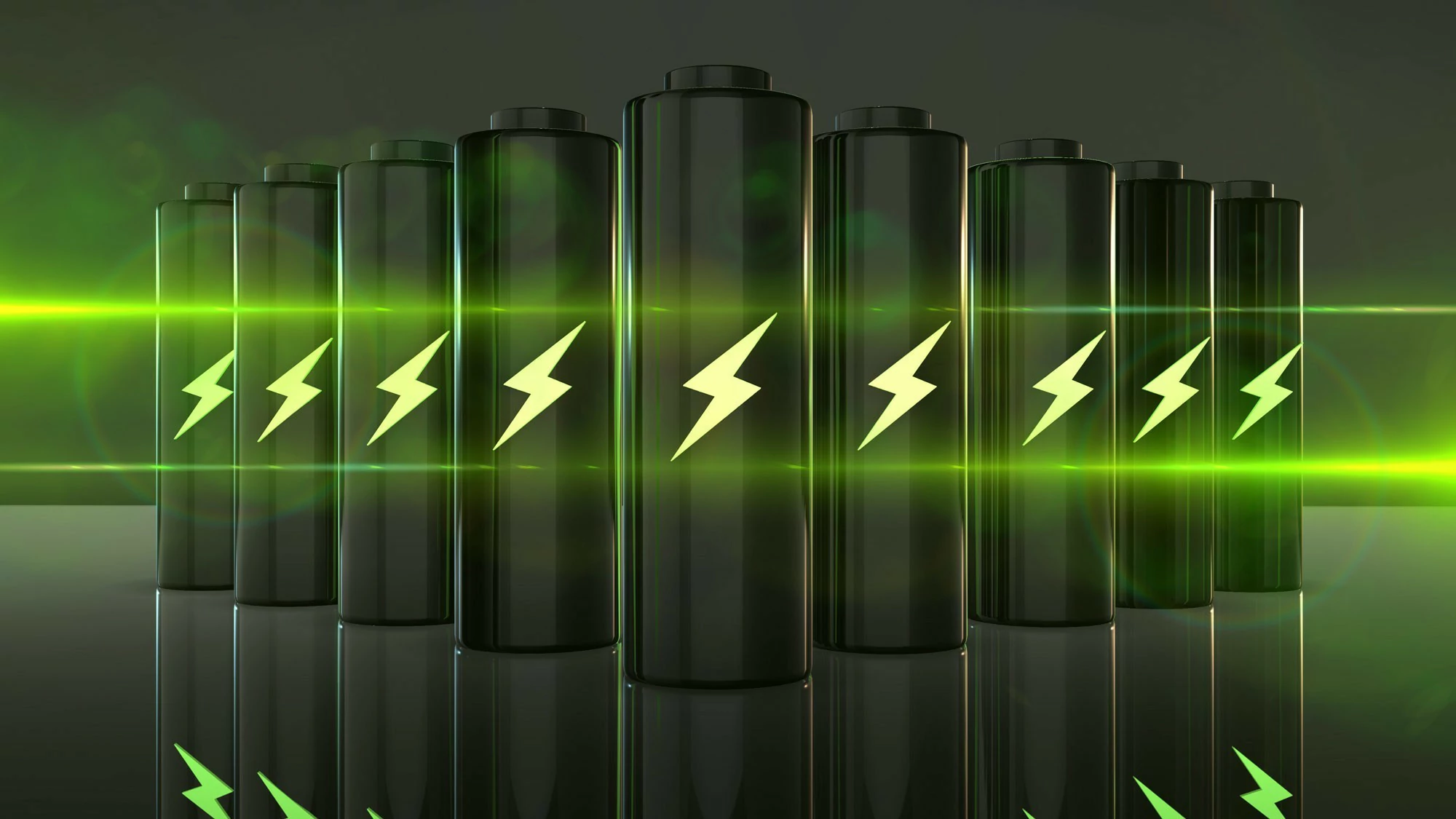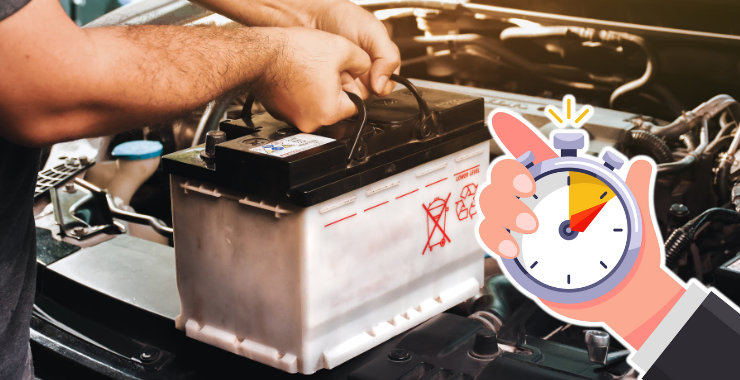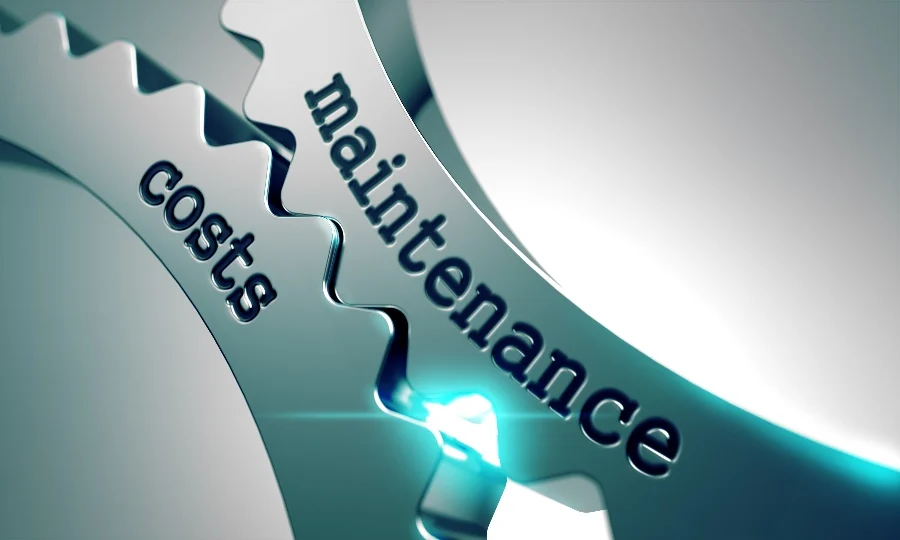Comparative analysis of the high-temperature Stability of LFP and AGM/EFB Batteries
main content
Lithium iron Phosphate (LFP) : A stable model in high-temperature environments
Lithium iron phosphate batteries (LFP) exhibit outstanding stability in high-temperature environments due to their unique olivine crystal structure and material properties, making them the preferred solution for power batteries and energy storage systems in high-temperature scenarios.
1. High-temperature storage performance: Capacity retention rate exceeds 90% at 65℃
According to the experimental data, after being stored at a high temperature of 65℃ for 7 days, the capacity retention rate of LFP batteries still reached as high as 91.34%. This performance is attributed to its stable chemical system:
The high-temperature resistance of the cathode material: The olivine structure of LiFePO₄ is not prone to decomposition at high temperatures, and its thermal decomposition temperature exceeds 500℃, which is much higher than the 200-300℃ of common ternary materials. Research by CATL shows that even after being stored at 60℃ for 575 days, the capacity of LFP batteries still remains at 85.8%.
Electrolyte stability: LFP batteries use carbonate-based electrolytes, combined with high-temperature stabilizing additives (such as LiFSI salts), which can effectively suppress high-temperature side reactions. For instance, after adding 1% of the SEI film thermal stabilizer (ASR), the storage life of LFP batteries at 60℃ is increased to over 6,100 hours.
Thermal runaway protection mechanism: The peak temperature of LFP batteries during thermal runaway is approximately 340 to 400 ° C, significantly lower than the over 800 ° C of ternary materials. Its thermal runaway process does not involve violent combustion and explosion. It is only accompanied by gas release and local expansion, making it safer.
2. Anti-expansion and sealing technology
LFP batteries have reduced gas generation at high temperatures by optimizing the compaction density of electrode sheets (≤2.55g/cm³) and the adsorption process of the electrolyte. For instance, the PVDFHFt-based gel electrolyte developed by Huaneng Clean Energy Research Institute has increased the capacity retention rate to 93.1% after 350 high-temperature cycles through nano-sized separators and three-dimensional interconnected structures. In addition, the battery packaging technology with labyrinth valve control design and cold pressing process can withstand an external impact force of 25kN and prevent high-temperature leakage.
AGM/EFB Batteries: The shortcoming of accelerated attenuation at high temperatures
AGM (adsorption-type glass fiber separator battery) and EFB (enhanced liquid-rich Battery), as upgraded versions of lead-acid batteries, are widely used in start-stop systems, but their high-temperature stability is significantly lower than that of LFP batteries.
1. Risk of electrolyte evaporation and sulfidation
The lean liquid design defect of AGM: The electrolyte of AGM batteries is adsorbed in the glass fiber separator. Under high-temperature conditions (>60℃), the evaporation rate of the electrolyte increases, causing the plates to be exposed and accelerating sulfation. Experiments show that high temperatures in the engine compartment can shorten the battery life of AGM by more than 50%.
The liquid-rich challenge of EFB: Although EFB batteries alleviate the evaporation problem by increasing the amount of electrolyte, long-term high temperatures still lead to acid stratification and grid corrosion. Data shows that the cycle life of EFB at 60℃ is only 300 to 500 times, and the capacity attenuation rate is 23 times higher than that at normal temperature.
2. Thermal runaway risk and structural failure
AGM/EFB batteries are prone to thermal runaway chain reactions at high temperatures:
Accelerated side reactions: High temperature promotes the irreversible accumulation of lead sulfate crystals (PbSO₄) at the negative electrode, increasing the internal resistance and causing local overheating. Adiabatic experiments show that the peak temperature rise rate of the AGM battery during thermal runaway reaches 3.59℃/s, and the maximum temperature exceeds 340℃.
Mechanical structure vulnerability: The glass fiber partition of AGM is prone to brittleness at high temperatures, while the liquid-rich design of EFB may cause the shell to expand or even rupture when gas is released. For example, during the high-temperature test of a certain 280Ah AGM battery, the safety valve burst and the electrolyte leakage caused a short circuit in the adjacent batteries.
Comparison of Key Indicators for High-temperature Stability
1. High-temperature storage capacity retention rate
Lithium iron phosphate battery: After being stored at 65℃ for 7 days, the capacity retention rate is as high as 91.34%.
AGM/EFB batteries: After being stored at 60℃ for 30 days, the capacity attenuation exceeds 30%.
2. Thermal runaway trigger temperature
Lithium iron phosphate battery: The decomposition threshold of the electrolyte exceeds 200℃, and the peak temperature of thermal runaway is 340 to 400℃.
AGM/EFB battery: The initial temperature for the decomposition of the SEI film is only 12,050 ℃, and the maximum temperature during thermal runaway can reach over 340℃.
3. High-temperature cycle life
Lithium iron phosphate battery: After 2000 cycles in a high-temperature environment, the capacity retention rate is still ≥80%.
AGM/EFB batteries: The high-temperature cycle life is only 300 to 500 times (capacity attenuation to 80%).
4. Leak-resistant design
Lithium iron phosphate battery: It adopts valve-regulated sealing and cold pressing process, can withstand an external impact force of 25kN, and has an extremely low risk of leakage.
AGM/EFB batteries: The problem of high-temperature brittleness of the glass fiber separator is prominent, with a leakage rate of ≥5%.
Technological Improvements and Future Trends
1. The high-temperature optimization direction of LFP
Solid electrolyte applications: Such as polyoxyethylene (PEO) polymer electrolytes, which can raise the upper limit of the working temperature to 90℃ and simultaneously inhibit the growth of lithium dendrites.
Lithium manganese iron composite cathode: By doping manganese elements, the voltage platform (4.1V) is enhanced while maintaining high-temperature stability, and the energy density is increased by 1520% compared with traditional LFP.
2. Limitations and Alternatives of AGM/EFB
Although EFB has improved its high-temperature performance through enhanced grid alloys (such as lead-calcium-tin) and acid mixer designs, its nature is still limited by the lead-acid chemical system. As the cost of LFP decreases (expected to drop to 0.5 yuan /Wh by 2025), the position of AGM/EFB in start-stop systems will gradually be replaced.
Conclusion
Lithium iron phosphate batteries (LFP) demonstrate revolutionary advantages in high-temperature stability: a capacity retention rate of over 90% at 65℃, low risk of thermal runaway, and strong structural reliability, making them the preferred choice for high-temperature scenarios. However, AGM/EFB batteries are limited by the lead-acid system, with prominent problems of electrolyte evaporation and sulfation at high temperatures. Their cycle life and safety are significantly inferior to those of LFP. With the mandatory requirements for the high-temperature performance of batteries in the new national standards (such as GB/T 445002024), the technical advantages of LFP will further consolidate its leading position in the fields of energy storage and power.

START-STOP LITHIUM battery
Enov start-stop battery is designed to provide excellent performance for high-demand start-stop vaehicles. It adopts the third-generation intelligent lithium platform architecture to achieve technological breakthroughs in core indicators such as cycle life, environmental adaptability and energy density. Compared with the traditional lead-acid battery system, the energy efficiency is increased by 210%, the cycle life is extended by 8-10 times, and the monthly self-discharge rate is controlled within 3%. Enov's unique low-temperature battery technology makes a breakthrough in achieving stable output in the whole climate domain from -30℃ to 65℃, maintaining more than 90% of the effective capacity release under extremely cold conditions (-30℃), and maintaining 90% of the capacity in high temperature environments (65℃).
The start-stop battery series products cover the mainstream voltage platform of 12V/24V/48V, and support flexible configuration of LFP (lithium iron phosphate) and NCM (lithium nickel cobalt manganese oxide) dual-material system. All models adopt modular design to support customization of different model specifications. Enuo engineering and technical team to provide full cycle technical service support, if you need, please contact us.
Other products
UAV BATTERY
LITHIUM ENERGY STORAGE BATTERY
QUICK INQUIRY
FAQ
Access to high frequency technical questions with one click, get accurate answers on product application, after-sales policy and customization process.
Service and Support
Get the latest product specifications, explore professional OEM/ODM customization services, click to open exclusive technical support and production solutions.
Become a Partner
We sincerely invite resources to interconnect, work together for win-win development, and immediately open a new chapter of strategic cooperation!
